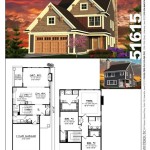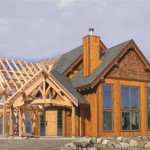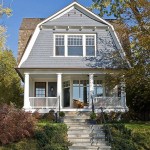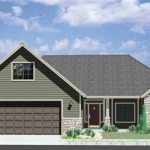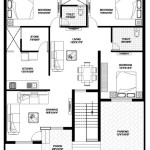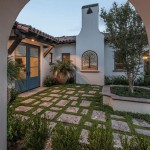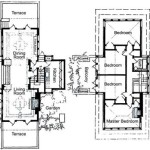Energy Efficient Home Design Plans: Building a Sustainable Future
In an era marked by escalating energy costs and growing environmental concerns, energy-efficient home design has emerged as a crucial aspect of sustainable living. Energy-efficient home design plans, meticulously crafted to optimize energy consumption while minimizing environmental impact, offer a compelling solution for homeowners seeking to enhance their comfort, reduce expenses, and contribute to a greener future. These plans encompass a wide array of design strategies, materials, and technologies, all working in concert to create homes that are both aesthetically pleasing and environmentally responsible.
Harnessing Natural Light and Ventilation
One of the fundamental principles of energy-efficient home design is maximizing natural light and ventilation. Strategically placed windows, skylights, and strategically designed floor plans play a crucial role in reducing reliance on artificial lighting and cooling systems. By strategically orienting the home to face south (in the northern hemisphere), homeowners can optimize solar gain during winter, allowing sunlight to naturally heat the interior. Conversely, overhangs and deciduous trees can shade the windows during summer, preventing excessive heat gain. Proper ventilation techniques, such as cross-ventilation, allow for natural air circulation, reducing the need for air conditioners and promoting a healthier living environment.
Maximizing Insulation and Air Sealing
Insulation and air sealing are essential components of energy-efficient home design, forming a protective barrier against heat loss in winter and heat gain in summer. Proper insulation in walls, ceilings, and floors helps to maintain a comfortable indoor temperature while reducing reliance on heating and cooling systems. Air sealing, which involves identifying and sealing air leaks, further enhances energy efficiency by preventing drafts and minimizing the escape of conditioned air. The type and thickness of insulation used can vary depending on the climate and building codes, but in general, thicker insulation provides greater energy savings.
Choosing Energy-Efficient Appliances and Systems
Incorporating energy-efficient appliances and systems is another key element of sustainable home design. High-efficiency heating, ventilation, and air conditioning (HVAC) systems are designed to operate with minimal energy consumption, reducing utility bills and environmental impact. Energy-efficient appliances, such as refrigerators, dishwashers, washing machines, and dryers, also contribute significantly to energy savings. Homeowners should look for appliances with the Energy Star label, which indicates that they meet specific energy efficiency standards. Furthermore, incorporating renewable energy sources, such as solar panels or geothermal heat pumps, can further reduce reliance on fossil fuels and contribute to a cleaner energy grid.
Sustainable Building Materials
The choice of materials used in construction also plays a significant role in energy efficiency. Natural and sustainable building materials, such as wood from responsibly managed forests, bamboo, and recycled materials, have lower embodied energy than conventional materials, meaning they require less energy to produce and transport. These materials not only reduce the environmental impact of construction but also contribute to a healthier indoor environment. Furthermore, the use of locally sourced materials can further reduce transportation costs and emissions.
Smart Home Technology
Smart home technology is increasingly being integrated into energy-efficient home design plans. Smart thermostats, for instance, allow homeowners to remotely control their HVAC systems, optimizing comfort and energy savings. Smart lighting systems automatically adjust lighting levels based on occupancy and natural light levels, reducing energy consumption. Smart appliances can be programmed to operate during off-peak hours, taking advantage of lower energy rates and reducing overall energy costs. The integration of such technologies empowers homeowners to actively monitor and manage their energy consumption, contributing to a more sustainable lifestyle.
Energy-efficient home design plans are not merely a trend but a crucial step towards a more sustainable future. By embracing these principles, homeowners can create homes that are both comfortable and environmentally responsible, reducing their energy footprint and contributing to a healthier planet. As technology advances and building practices evolve, the possibilities for sustainable home design continue to expand, paving the way for a more energy-efficient and sustainable future.

Eco Design Energy Efficient Homes Greenmatch Co

Energy Efficient Home Design Plans Cad Pro

Sustainable Building In 2024 Energy Efficient Kit Homes

Cool Energy Efficient Concrete House Plans Houseplans Blog Com

Energy Efficient House Design

Net Zero Home Design Popular Plans Energy

Cool Energy Efficient Concrete House Plans Houseplans Blog Com

Energy Efficient House Plans Developed By The Architects

21 Green Homes Energy Efficient Home Designs Ideas House Plans Design

Dpe House Design Studio Energy Efficient S

